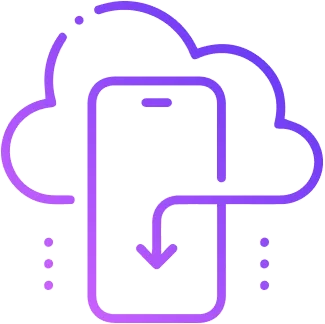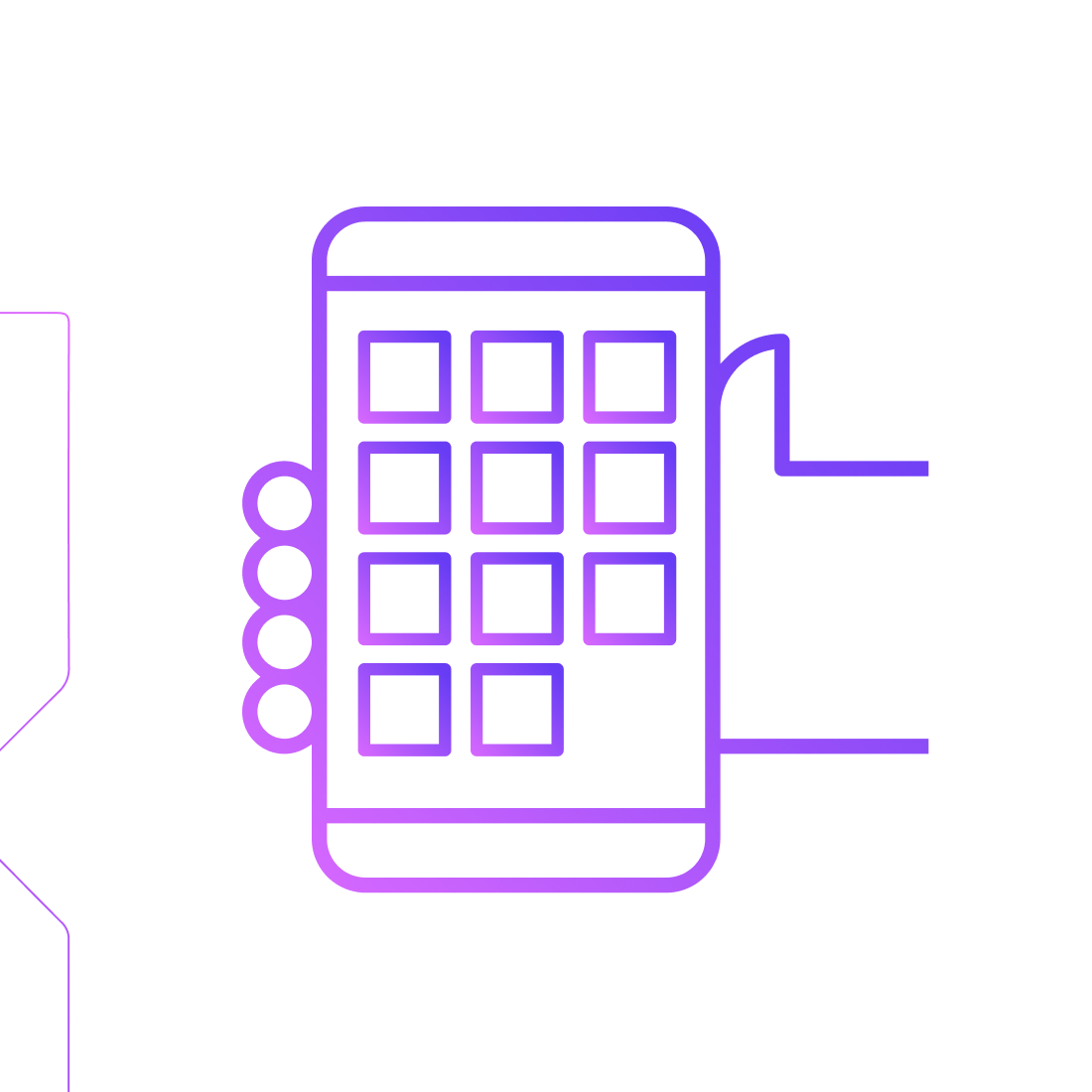

7 Ways to Improve Mobile App Download and User Engagement

According to a report by Datareportal, there are over 5 billion unique mobile users in the world today. This makes the mobile device the single largest audience pool available to organizations, which is why providing your product or service through a mobile app is the best way to reach out to your target audience.
But, if you, as an organization, are aware of this fact, so are your competitors, and quite simply, every other company in the world. According to Statista, at the end of the second quarter of 2019, over 2.4 million mobile apps were available on Google Play for download. When the numbers are this staggering, how do you ensure the success of the new mobile app you are about to launch? There is an answer, and we explore it in this article. There are steps you can take to increase the success and download rate of your mobile app, while also improving the efficacy of time and money spent on developing the application. Here are the seven rules to follow to create a viral app:
1. Build a Minimum Viable Product (MVP) First
A major mistake many companies make is aim to fully develop their idea into an application, and make it entirely feature-rich right from the first version.
The thought process here is that companies want their users to see the full potential of the application right from day 1. But imagine this, you hire a development team to build an application, and you want it to contain all the features of the product or service you want to provide. This will mean months of development and testing time, time for which you are paying valuable money.
After the release of the application, if it doesn’t work, or if the concept needs pivoting, or if someone beats you to market even with a lower version of your app, you are essentially throwing away all the time and money spent so far to start over.
That’s where a Minimum Viable Product (MVP) comes into the picture. An MVP is a dialled- down version of your application. For the first version, you hone in on one pain point your customers are facing, and aim to solve it through your app.
For example, if you’re developing a retail e-commerce app, it helps to roll out an alpha version with the products, add to cart and purchase option, while leaving out other options like subscribed payment, AI chatbots, suggestions through cookies, etc. for later.
This will let you get a version of the app out into the market faster, and you can begin taking user feedback right away to incorporate into subsequent versions.
2. Develop for Cross Device Compatibility
Mobile users are divided by operating systems. Some prefer the iOS and some prefer Android devices. Devices that carry each OS also come in different sizes.
When developing your app, ensure that you are planning to roll it out for both Google Play Store and Apple App Store. Also, test the UI and other features across different mobile devices to ensure it is compatible with various screen sizes.
3. Make the User Work as Little as Possible
App users want to enjoy the benefits of the product with little to no effort. While developing your app, try to reduce the work users have to put in as much as possible. For example, while registering a new user, if you’re asking for gender, providing buttons to select ‘male’ or ‘female’ is much easier than for the user to type it in a field. Swap typing for clicks as much as possible.
4. Set Up Analytics and Allow for Feedback
Remember that the whole purpose of rolling out an MVP is to learn from it. Setting up feedback systems is necessary even when the complete version of the app is rolled out. Set up analytics systems to collect user data like new user count, returning user count, engagement time, path travelled, etc. You can learn a lot about what is working and what is not from this data. Also allow users to give feedback to get a first hand idea of how they feel when they use your app.
5. Personalize the Application
Users tend to come back to apps that allow them to personalize it and to those that provide services personal to them. Allowing users to create profiles and customize them makes your app more user-friendly. Consequently, you can track user behaviour better and use this data to implement audience targeted marketing campaigns based on user likes and dislikes and improve their experience by taking past behaviour into consideration.
6. Use Push Notifications
Push notifications are incredibly important in maintaining and increasing user engagement. They are a great way to notify your customers about ongoing sales, abandoned carts, future deals, etc.
7. Security Is of the Utmost Priority
We are mentioning this at the end so you remember it well. Cyber security is a sensitive issue today. Internet users have almost every detail of their lives, that includes personal, public and financial, online. Ensure that your app has zero vulnerabilities and is completely secure against cyber threats. This is especially important if your app allows users to make monetary transactions or allows them to store personal data like photos or documents.
Design for Use, Not for Profit
Create a customer persona when designing your app and always work toward making the app valuable to that target customer. Along with these seven key factors, make sure that you also follow the basics of UI and UX when designing and developing your app. With these checkboxes ticked, you will be rolling out an app that provides great value while being easy to use, and this is exactly what users want today.
At x-enabler, we are currently helping our customers prepare for the change by enabling their solution to be available on all devices including wearable, smart home solutions and new age IoT devices. Together, we are using technology as a driving force to achieve a better, broader solution that can improve usefulness of current products tenfold.
Interested in Mobile Apps development? Contact us!



Leave a comment!